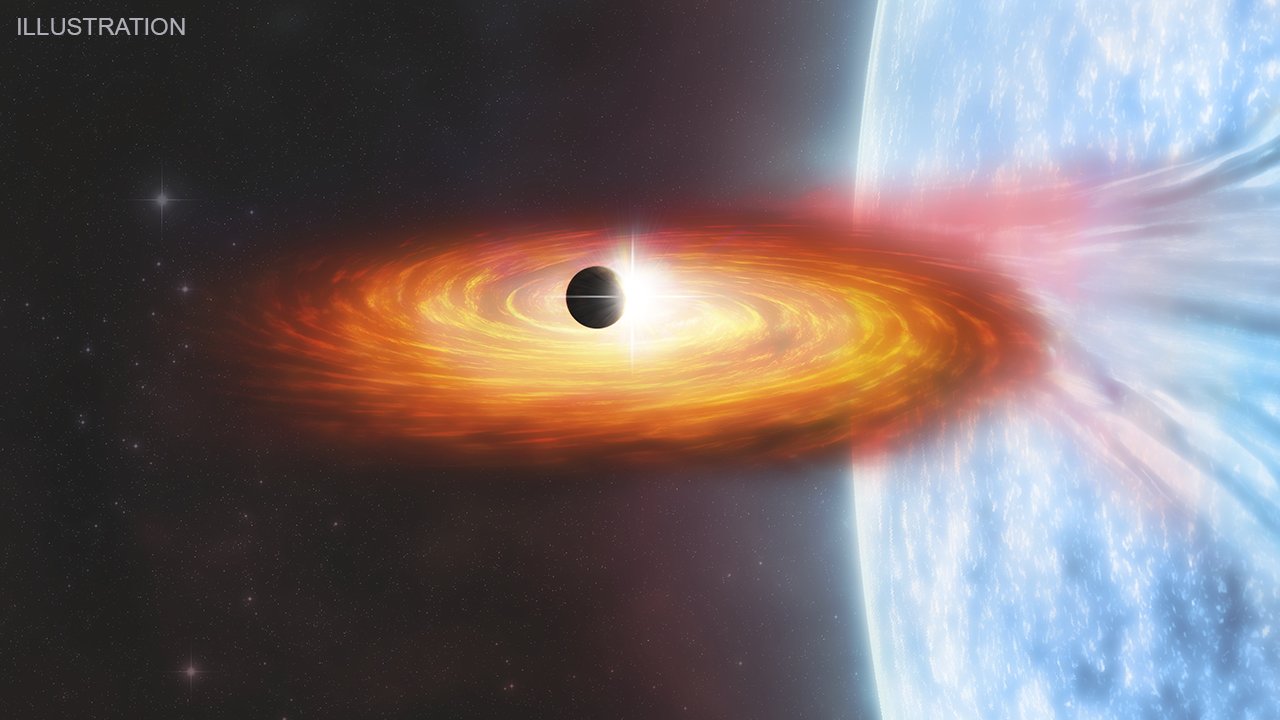Scientists find first possible planet candidate outside Milky Way galaxy
The possible exoplanet candidate was detected in a binary system called M51-ULS-1, which contains a black hole or neutron star orbiting a companion star with a mass about 20 times that of the Sun. The researchers estimate that the exoplanet candidate in M51-ULS-1 would be roughly the size of Saturn, and orbit the neutron star or black hole at about twice the distance of Saturn from the Sun.

- Country:
- United States
Scientists have found evidence for the first possible planet candidate outside of our Milky Way galaxy. Using NASA's Chandra X-ray Observatory, astronomers found signs of a planet transiting a star in the spiral galaxy Messier 51 (M51), aka the Whirlpool Galaxy, which is about 28 million light-years away from Earth.
"This intriguing result, using NASA's Chandra X-ray Observatory, opens up a new window to search for exoplanets at greater distances than ever before," the U.S. space agency said in a release on Monday.
The possible exoplanet candidate was detected in a binary system called M51-ULS-1, which contains a black hole or neutron star orbiting a companion star with a mass about 20 times that of the Sun. The researchers estimate that the exoplanet candidate in M51-ULS-1 would be roughly the size of Saturn, and orbit the neutron star or black hole at about twice the distance of Saturn from the Sun.
🪐Chandra scientists have found the first possible planet candidate outside of our galaxy! Located about 28 million light-years from Earth in galaxy M51, it's thousands of times farther away than all the other exoplanets detected in our Milky Way. More: https://t.co/LLnJAzfDZA pic.twitter.com/oa3u4GL3Av
— Chandra Observatory (@chandraxray) October 25, 2021
While researchers say they need more data to confirm the existence of the planet in this system, its large orbit poses a tough challenge as the candidate planet would cross in front of its binary partner again after nearly 70 years.
"Unfortunately to confirm that we're seeing a planet we would likely have to wait decades to see another transit. And because of the uncertainties about how long it takes to orbit, we wouldn't know exactly when to look," said co-author of the study, Nia Imara of the University of California at Santa Cruz.
NASA's Chandra X-ray Observatory is a telescope specially designed to detect X-ray emission from high-energy regions of the Universe such as star remnants, clusters of galaxies, and matter around a black hole. Chandra can observe X-rays from particles up to the last second before they fall into a black hole.










